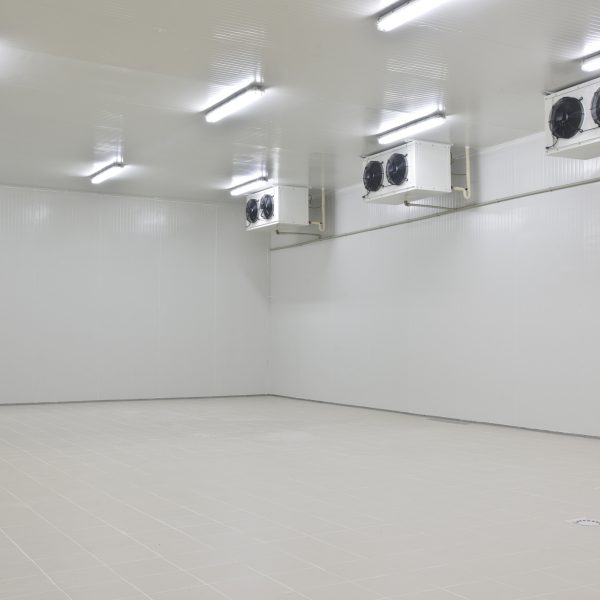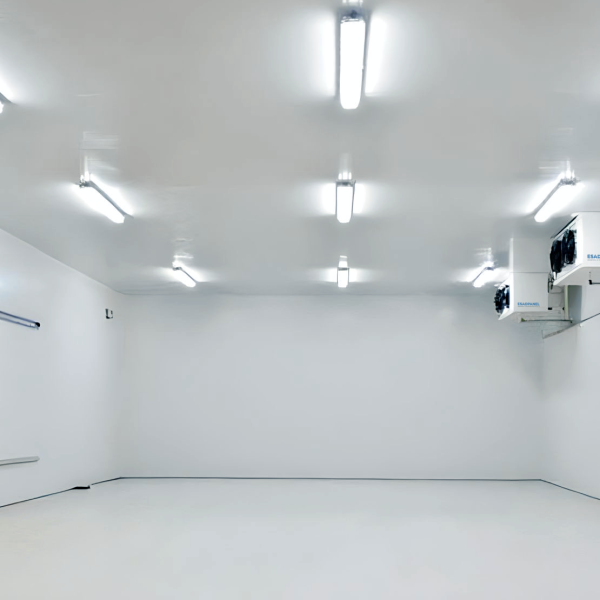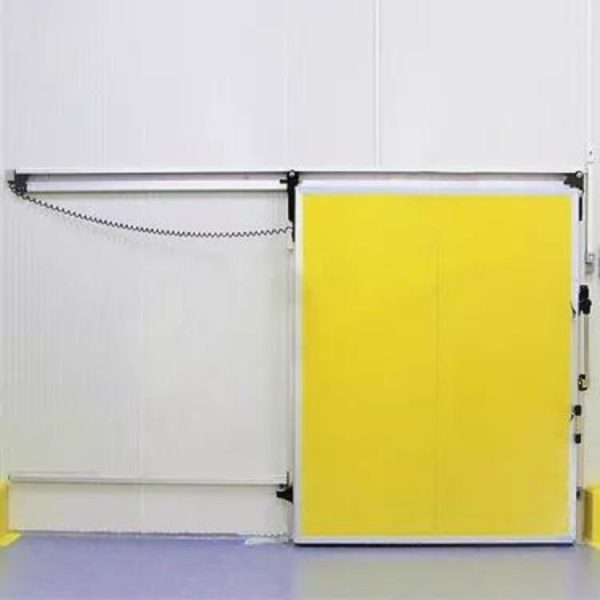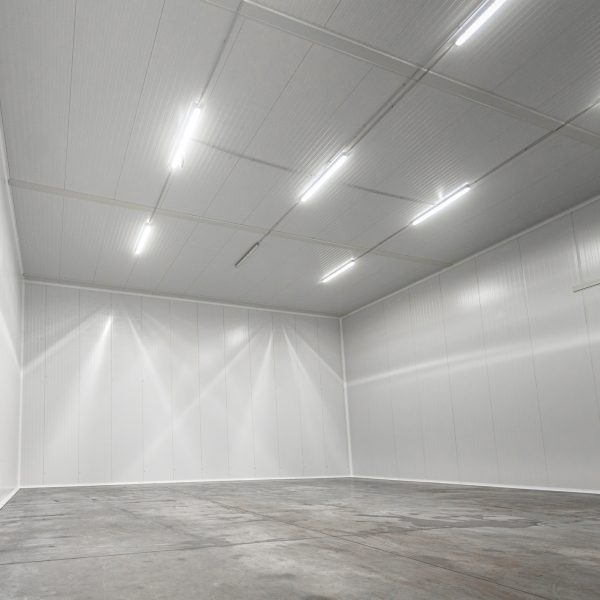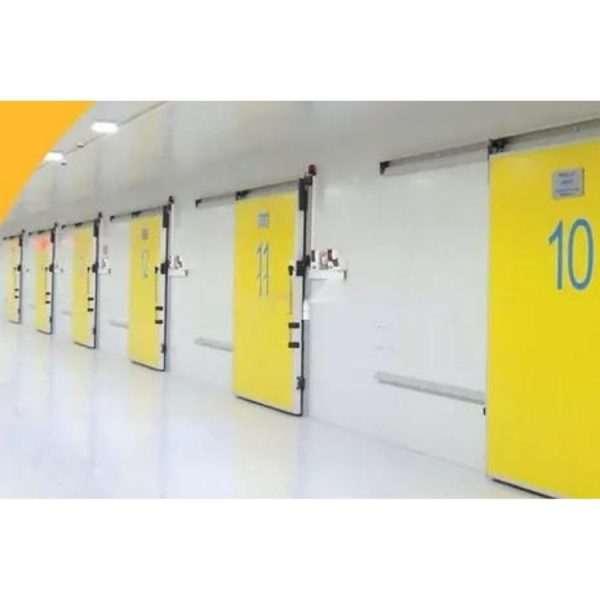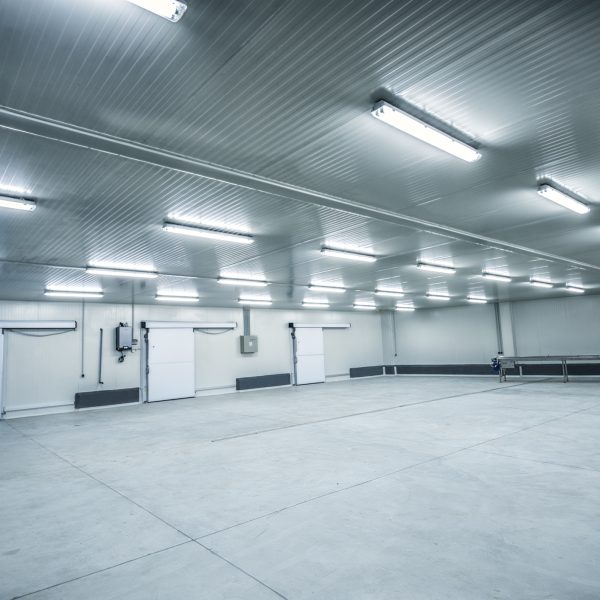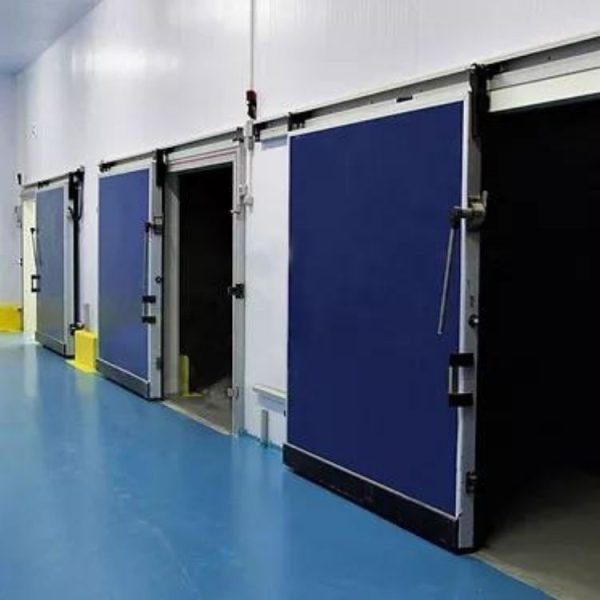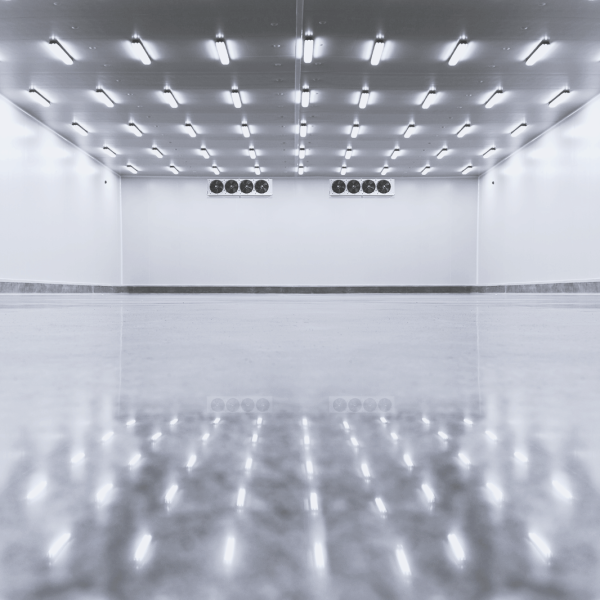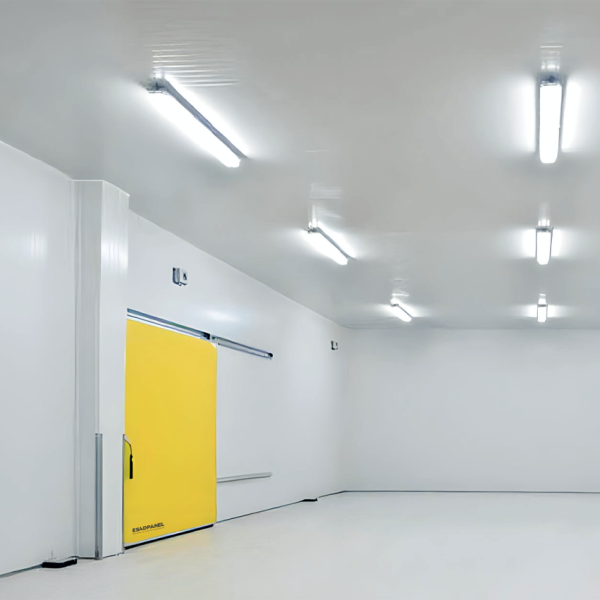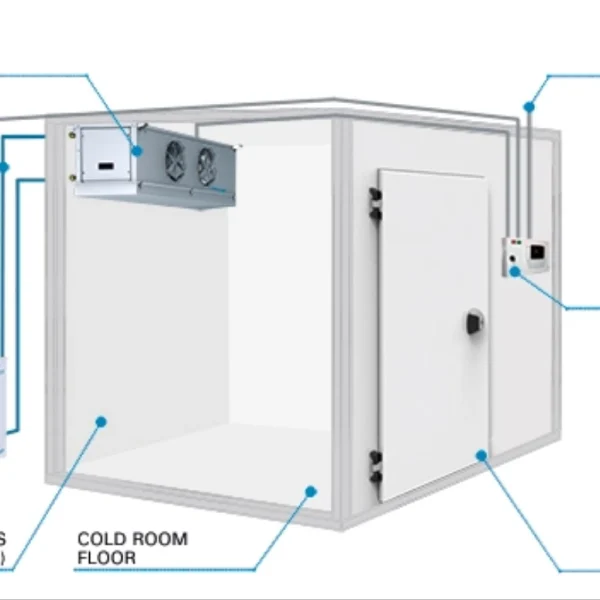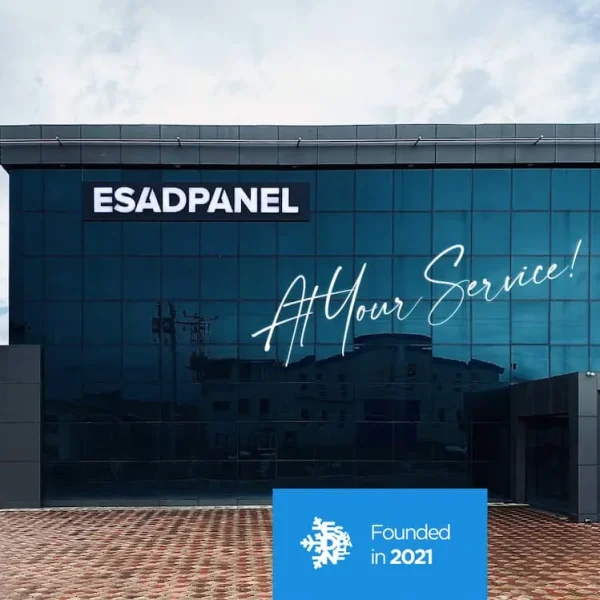How to Import Cold Room

COLD STORAGE IMPORT
Importing a cold room is a cost-effective way to obtain industrial refrigeration systems. However, proper planning and reliable partnerships are essential for success. In this guide, we will examine the cold room import process step by step and cover the key points necessary for a successful transaction.
How to Import a Cold Room ?
Industrial refrigeration systems play a crucial role in various sectors such as food, pharmaceuticals, and logistics. Businesses can obtain high-quality solutions at more affordable costs by importing cold room systems that meet their needs. However, since cold room importation is subject to certain procedures, managing this process correctly is essential.
1. Choosing the Right Supplier
The first step in importing a cold room is finding a reliable supplier. Key factors to consider when selecting a supplier include:
-
Certifications: Must have quality certificates such as CE, ISO 9001.
-
Real Factory: There are lots of fake companies, so you can video call them.
-
References: Review feedback from previous business collaborations.
-
Price and Quality Balance: Choose suppliers that offer the best quality at the most reasonable price.
2. Technical and Standard Requirements
Cold rooms must comply with international standards. Otherwise, issues may arise at customs. Key technical details to consider include:
-
Panel thickness and surface coating
-
Thermal fin and cooling capacity
-
Door system insulation and hygiene standards
3. Logistics and Customs Clearance Process
-
Payment Process: SWIFT bank transfer is one of the most commonly used international payment methods. To complete this process:
-
You need to obtain a SWIFT code from your bank.
-
Ensure you have the recipient company’s correct banking details.
-
Submit the transfer request to your bank to finalize the transaction. Secure payment methods (bank transfer, letter of credit, etc.) should be used, and payments should be made in accordance with contracts.
Logistics and customs clearance are critical steps in cold room importation.
-
-
Shipping Options: Sea, road, or air transportation can be chosen.
-
Customs Duties: Import duties and VAT rates vary depending on the importing country.
-
Customs Declaration: The process must be completed with accurate documentation.
4. Common Issues and Solutions
Some common problems encountered during cold room importation and their solutions include:
-
Delays: Can be minimized by pre-planning logistics processes.
-
Incorrect Product Delivery: Order details should be confirmed and included in contracts. But reliable manufacturers like ESADPANEL is works with order list and loading plan which is really important.
-
Additional Costs: Customs and logistics expenses should be calculated in advance. You can consult your customs consultant on these issues.
Cold room importation can be a highly profitable and efficient investment with proper planning. Working with a reliable supplier and managing the logistics process effectively are critical factors for successful importation
Fill the Form!
Write your needs and fill the form to contact us. Then get your cold room!





